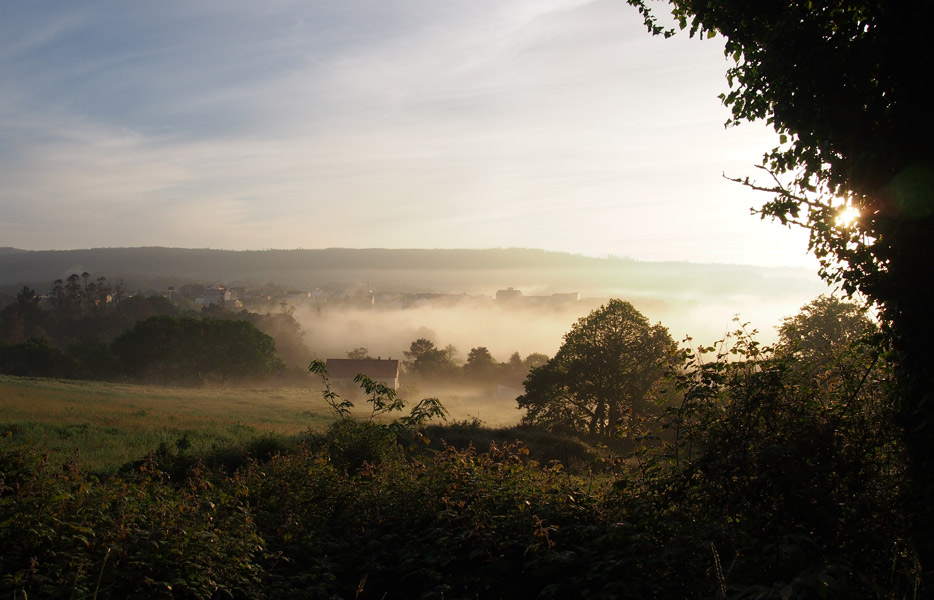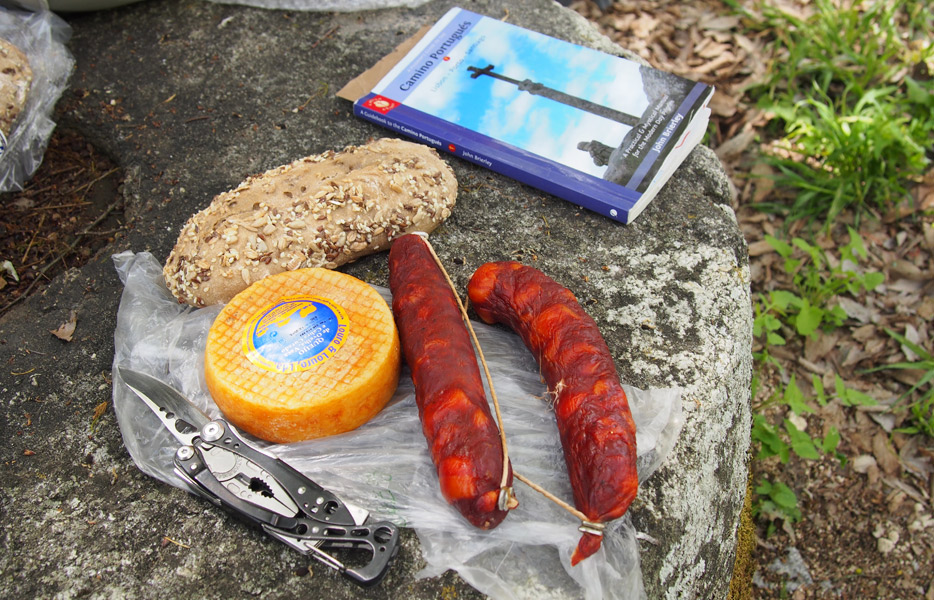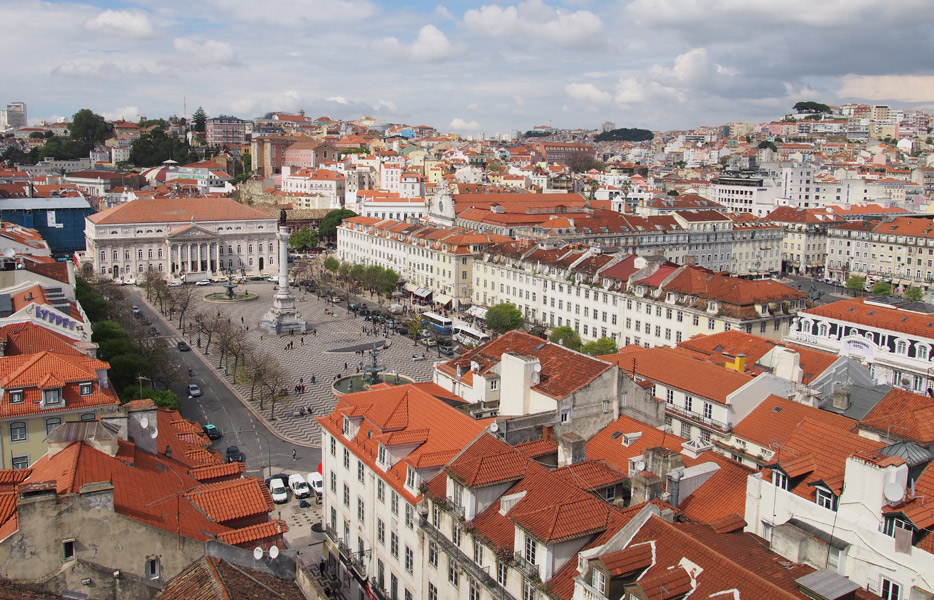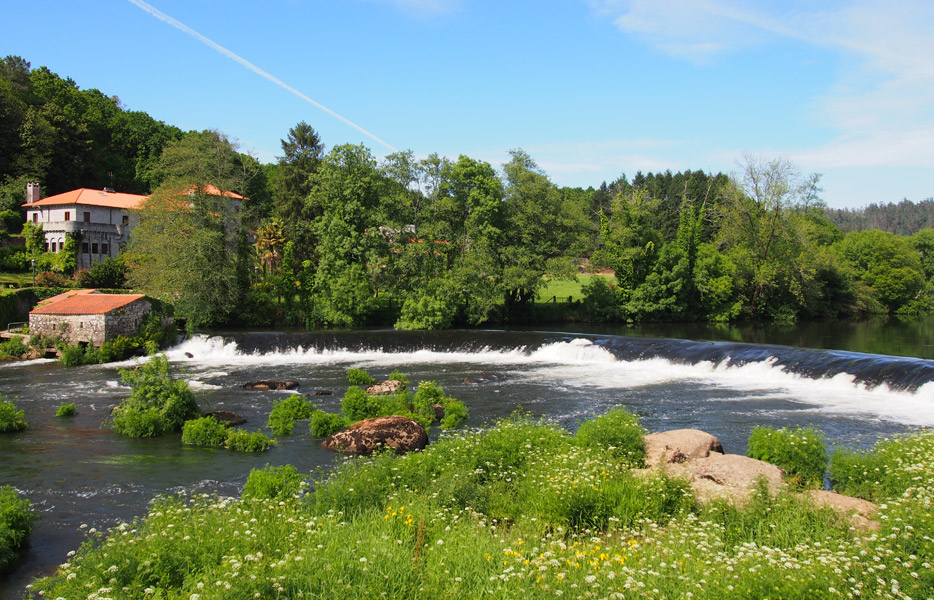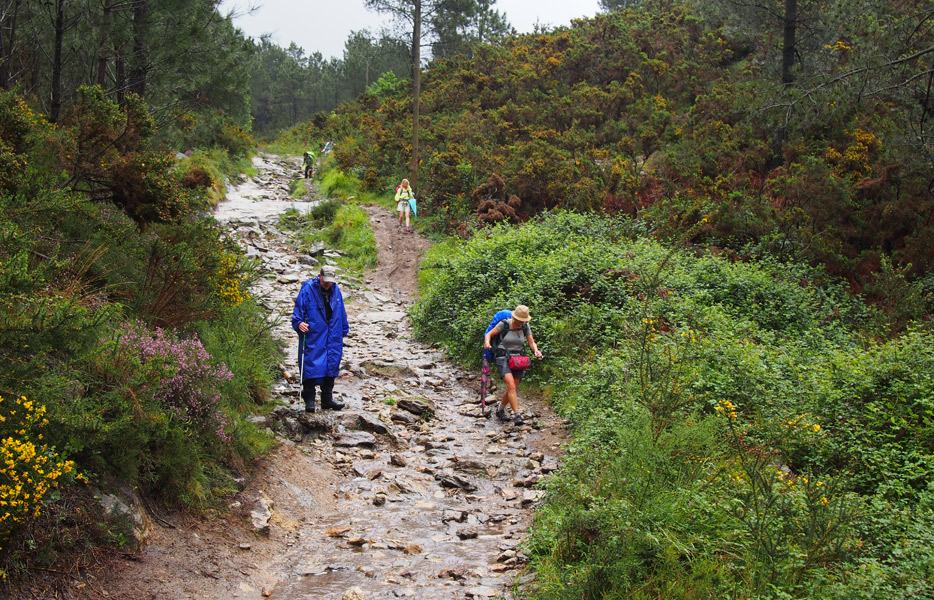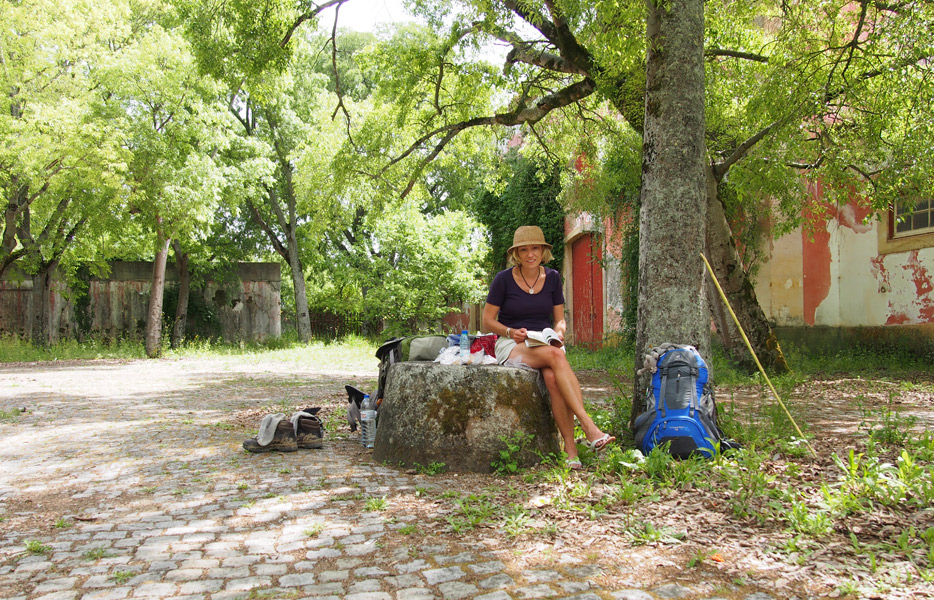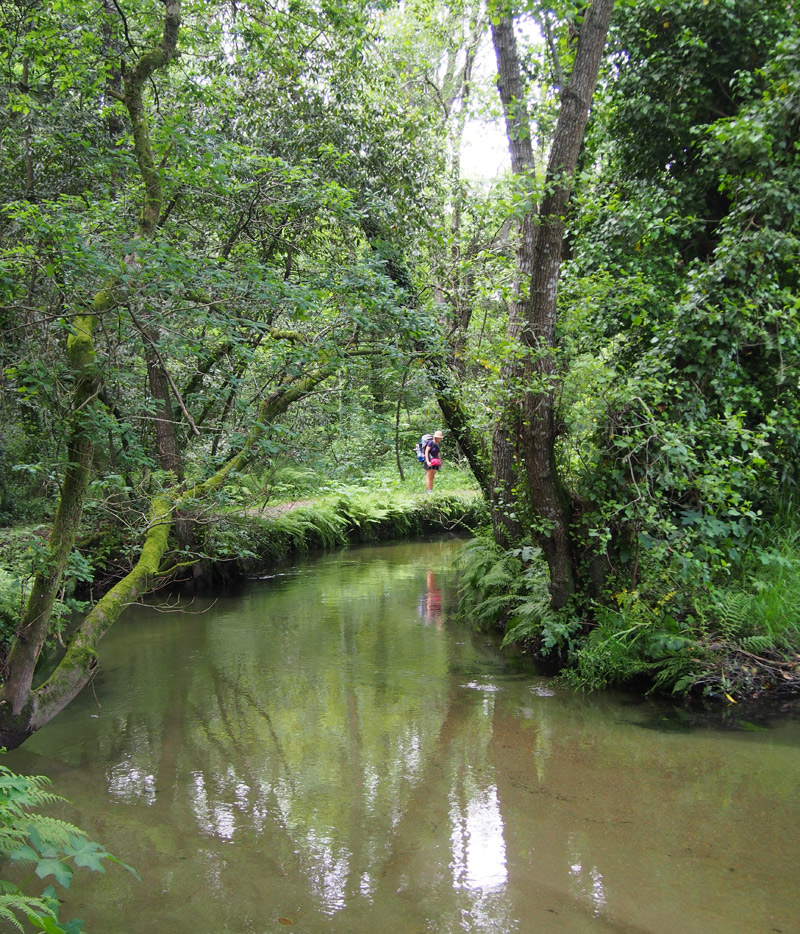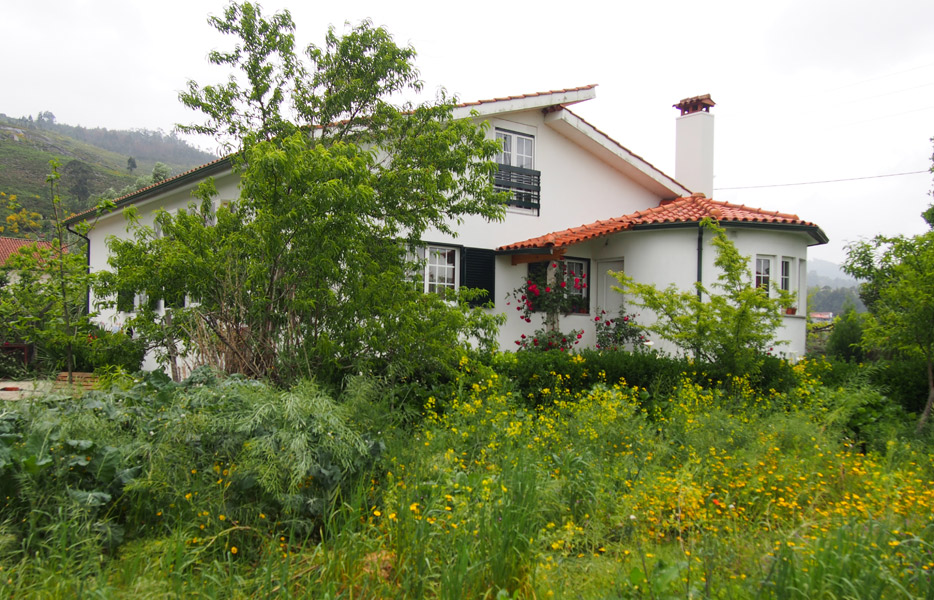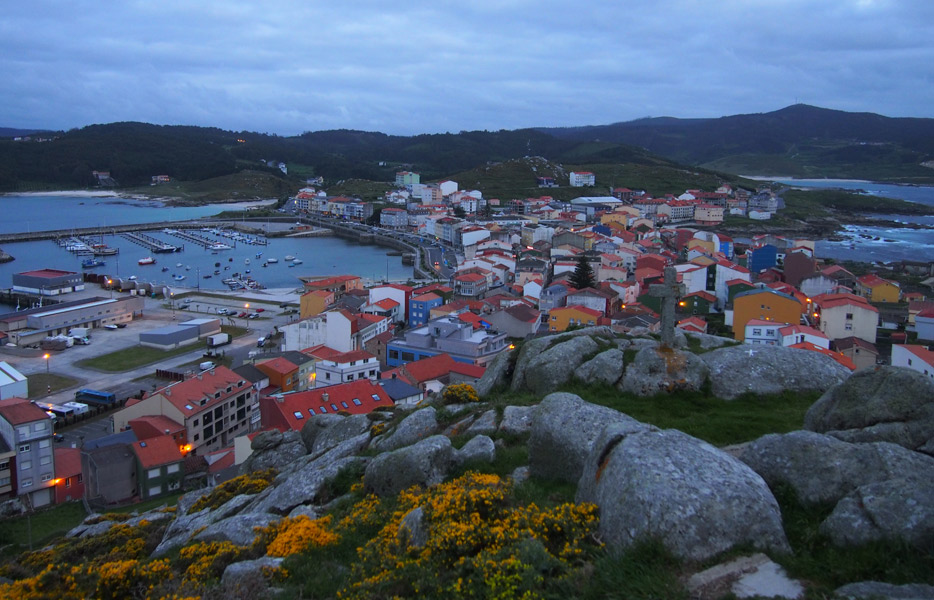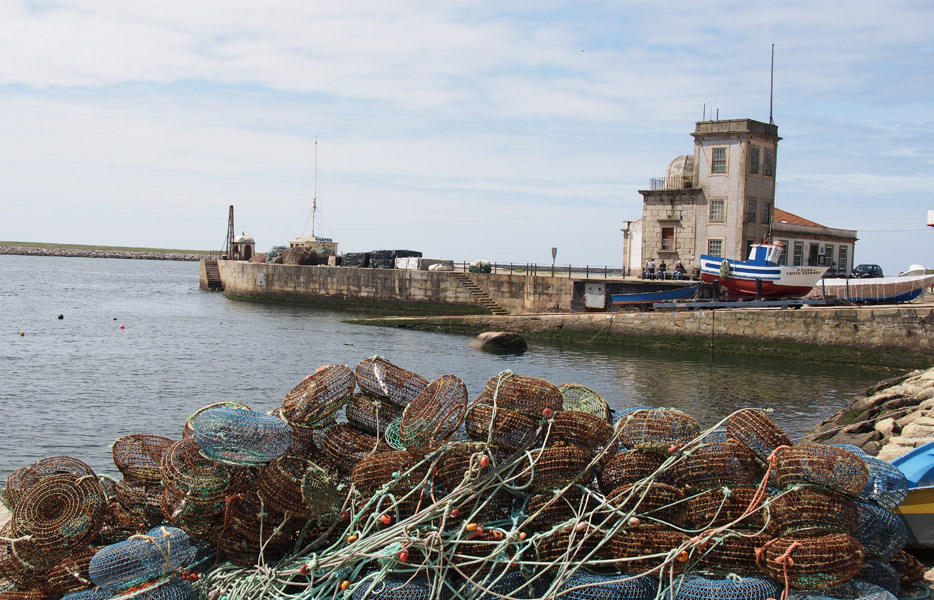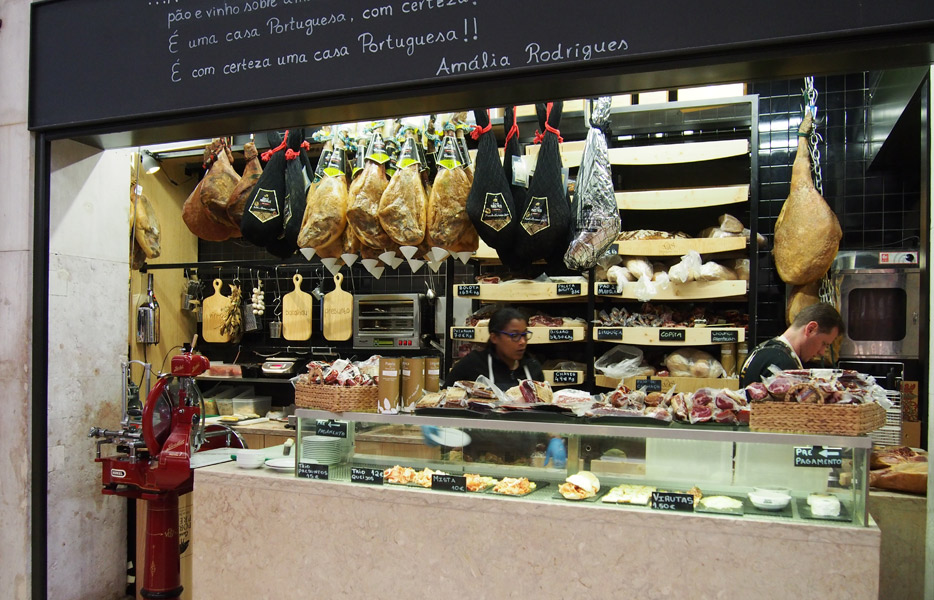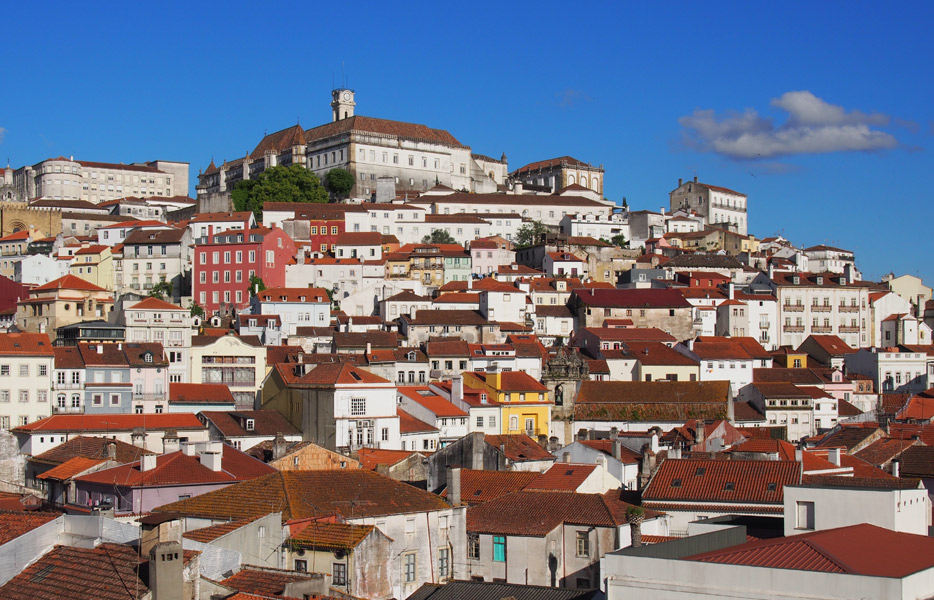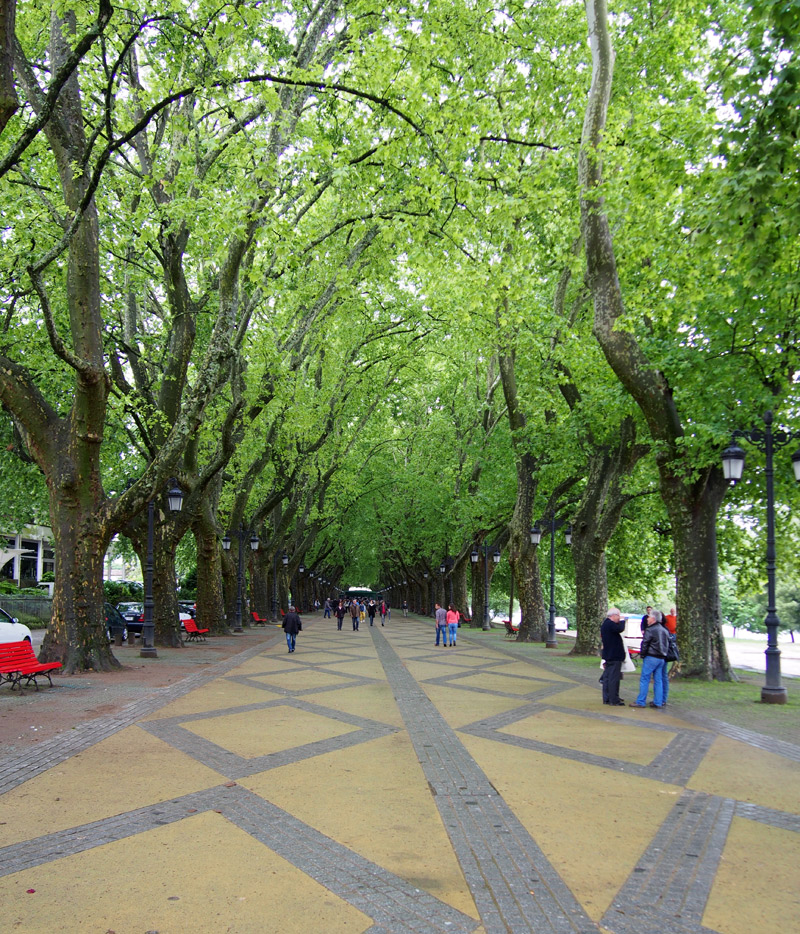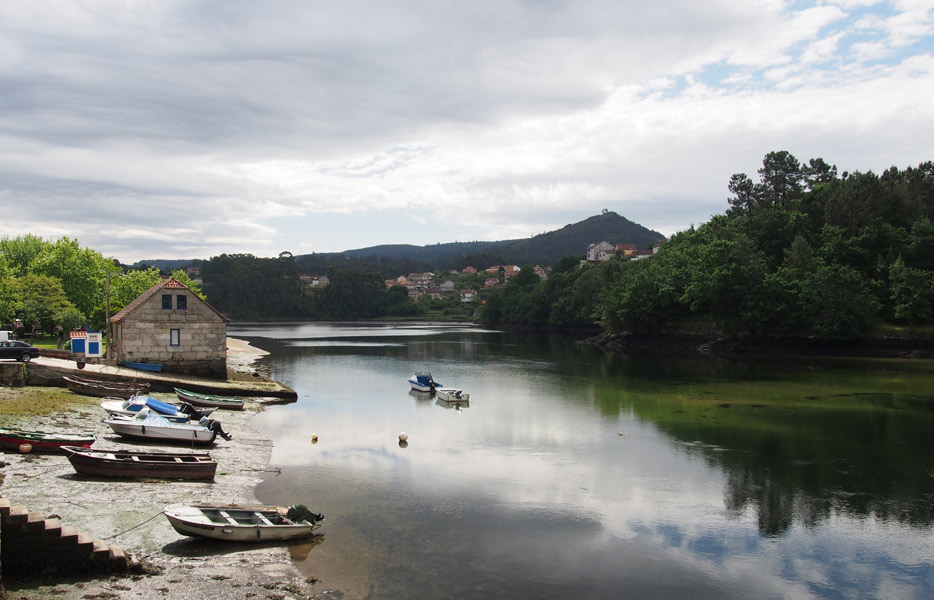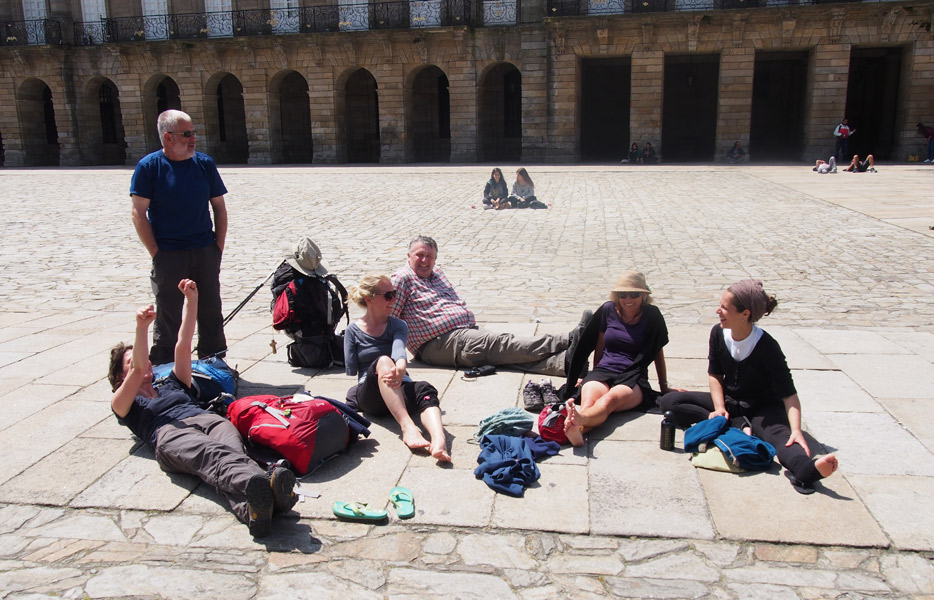Walking the Camino Portugues
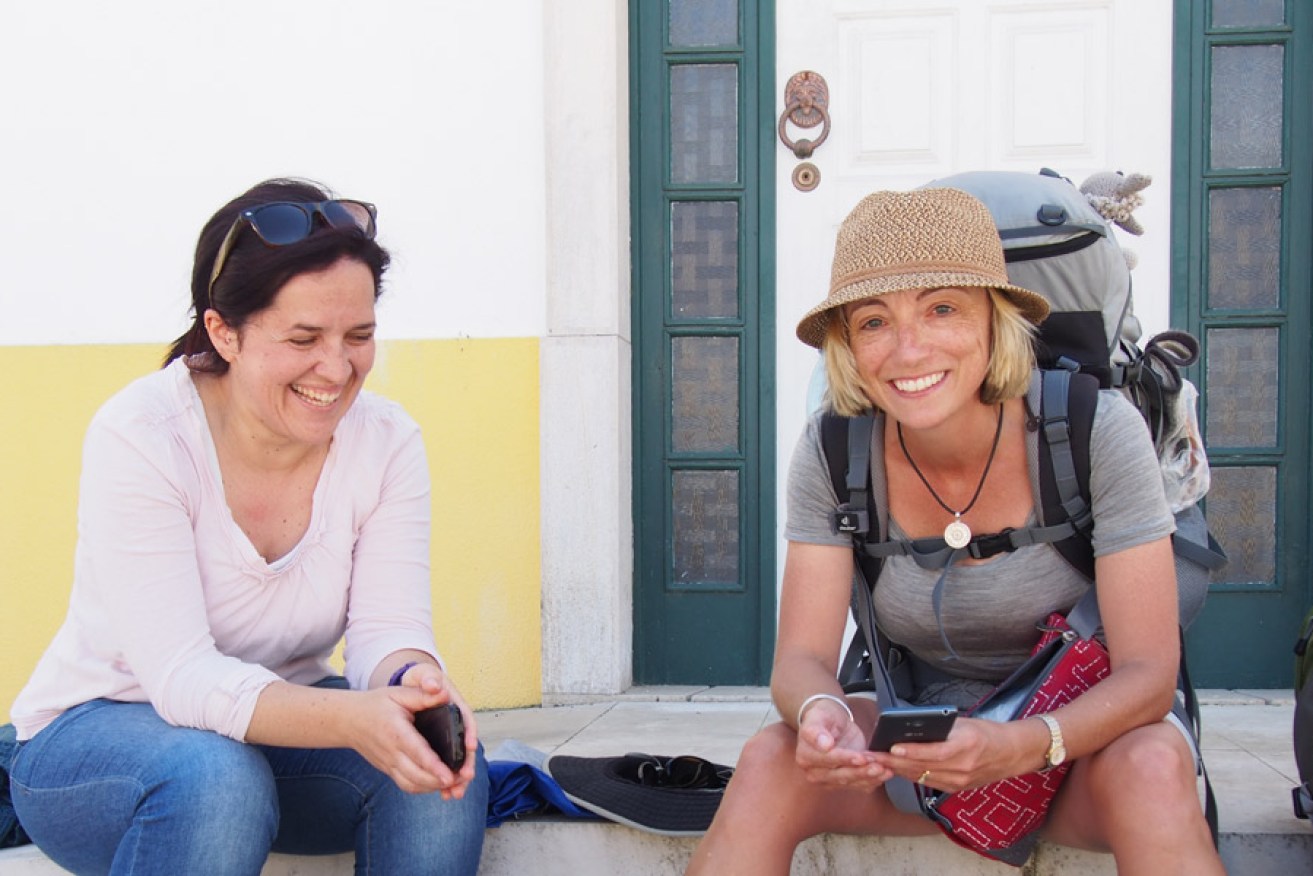
Lara Marich (right) receives a friendly welcome from a local in Ansiao, Portugal, on the Camino Portugues. Photo: supplied
After watching her two sons bravely travel the world throughout their teenage years, Adelaide Hills resident Lara Marich decided the next adventure would be her own.
A number of years ago, I read the book The Year We Seized the Day by Elizabeth Best and Colin Bowles and I was captivated by the idea of walking a Camino route across Europe.
My husband Rudi and I have been keen bush walkers throughout our lives and although we had trekked 100km on a few occasions, I was drawn to this concept of walking every day for a month. In addition to this there was the strong appeal of an abundance of great food, wine and coffee along the way – as opposed to bushwalking in Australia with backpacks loaded with camping gear and dehydrated food.
We chose the Camino Portugues (from Lisbon to Santiago de Compostela in Spain and out to the coast at Muxia) rather than the increasingly popular Camino Frances, purely because of the reduced number of walkers (approximately five per cent of the numbers leaving St Jean Pied de Port in France). We both knew that we did not want to walk with dozens of other people spending our days dodging wayward walking poles.
We set out from Lisbon, Portugal with backpacks (weighing in quite a bit heavier than our goal of 10kg) and our John Brierley guidebook in hand. Navigation along this Camino route relies heavily on the painted yellow arrows found on rocks, trees and buildings, but we managed quite well with the maps in the guidebook providing additional information.
We walked for 32 days (with two of these days being rest days) and covered daily distances ranging from 16km through to 36km and the journey was memorable for so many reasons.
We walked through such diverse landscapes, covering fertile (and very muddy) agricultural land, forests of Eucalypt trees (it took us days to stop looking for koalas), and cobblestoned villages with buildings completely covered in the exquisitely patterned Azulejo tiles. This feast for the senses was accompanied by the soundtrack of the local Portugese people warmly welcoming and encouraging us with their calls of “Bom Camino” – we understood why this route is often referred to as the ‘Friendly Camino’.
Most towns had family-run bars and restaurants where we were able to eat cheaply and enjoy the amazing array of Portuguse dishes and wines. Breakfast consisted of strong coffee and at least one, often multiple, Pasteis de nata (Portugese custard tarts) to fuel our walking day with healthy doses of caffeine and sugar. Lunch was generally a picnic of local cheese, sausage and hearty bread as we stopped under the shade of a tree to rest our weary feet and take in the vistas of this beautiful country.
The gifts we received from the first half of this Camino route from Lisbon to Porto, were a wonderful sense of solitude and adventure –we walked for over a week before we saw another Camino walker. This gave us the opportunity to really appreciate the spectacular natural environment, get into the rhythm of walking every day and connect with local people and places.
The second half of the Camino, from Porto to Santiago, had a distinctly different feel. We joined much larger numbers of walkers as they began their walk from Porto. It created a greater demand for accommodation so we resorted to booking small hotels one day in advance. We did however enjoy many aspects of becoming a part of this walking community – we were united by our common goal of “making it to Santiago” and cultural and language barriers seemed to melt away. It also provided us with the incredibly rich experience of hearing the fascinating personal stories and adventures of other walkers. These stories were shared in the evenings over dinner and late-night strolls around villages displaying their charming character and elegance.
We were looking for adventure and we certainly chose well with the Camino Portugues. We finished with an incredible sense of achievement as we completed our walk across two countries, from ocean to ocean covering almost 750km. We also discovered that we are physically capable of so much more than we ask of our bodies on a day to day basis.
Highlights
Memorable Meal – Baked goat stew at a family run restaurant in the small town of Albergaria-a-Velha.
Most spectacular Miradouros (viewpoints) – Elevador de Santa Justa in Lisbon, Jardim do Morro in Porto and the ferris wheel in Santiago.
Favourite market/foodhall – Mercado da Ribiera in Lisbon where the iconic food market has been transformed into a vibrant food hall featuring some of Lisbon’s finest food.
Best Homestay – Casa da Fernanda in Lugar do Corgo. Fernanda and Jacinto open their home to walkers and provide a home cooked dinner. We sat around their dining table with 20 other people (listening to 10 different languages) and enjoyed homemade wines and limoncello.
Best apartments – Porto Bolhao Apartments in a renovated 19th century building located in front of the historic Bolhao Market in Porto.
Best sunset – on the docks in Lisbon, lounging in deckchairs and drinking sangrias.
Most picturesque smaller cities – the historic city of Tomar and the university city of Coimbra.
Favourite historic hotel – Balneario Davila in Caldas de Reis where the famous underground hot water pours out from a fountain to soothe your feet.
Most welcoming town – Ansiao where the very friendly Rita (a local journalist and radio presenter) approached us on our arrival and proudly toured her town with us that evening and the next morning – even sending us on our way with a gift box of freshly baked Pasteis de Nata.
Hotel with the best view – Hostal La Cruz in Muxia with its view straight out across the spectacular coastline.
Best camino memory – relaxing in the sunshine with camino friends as we sprawled across the pavers in front of the Cathedral on the day we arrived in Santiago de Compostela.
More information about Lara and Rudi Marich’s trek can be found here.
